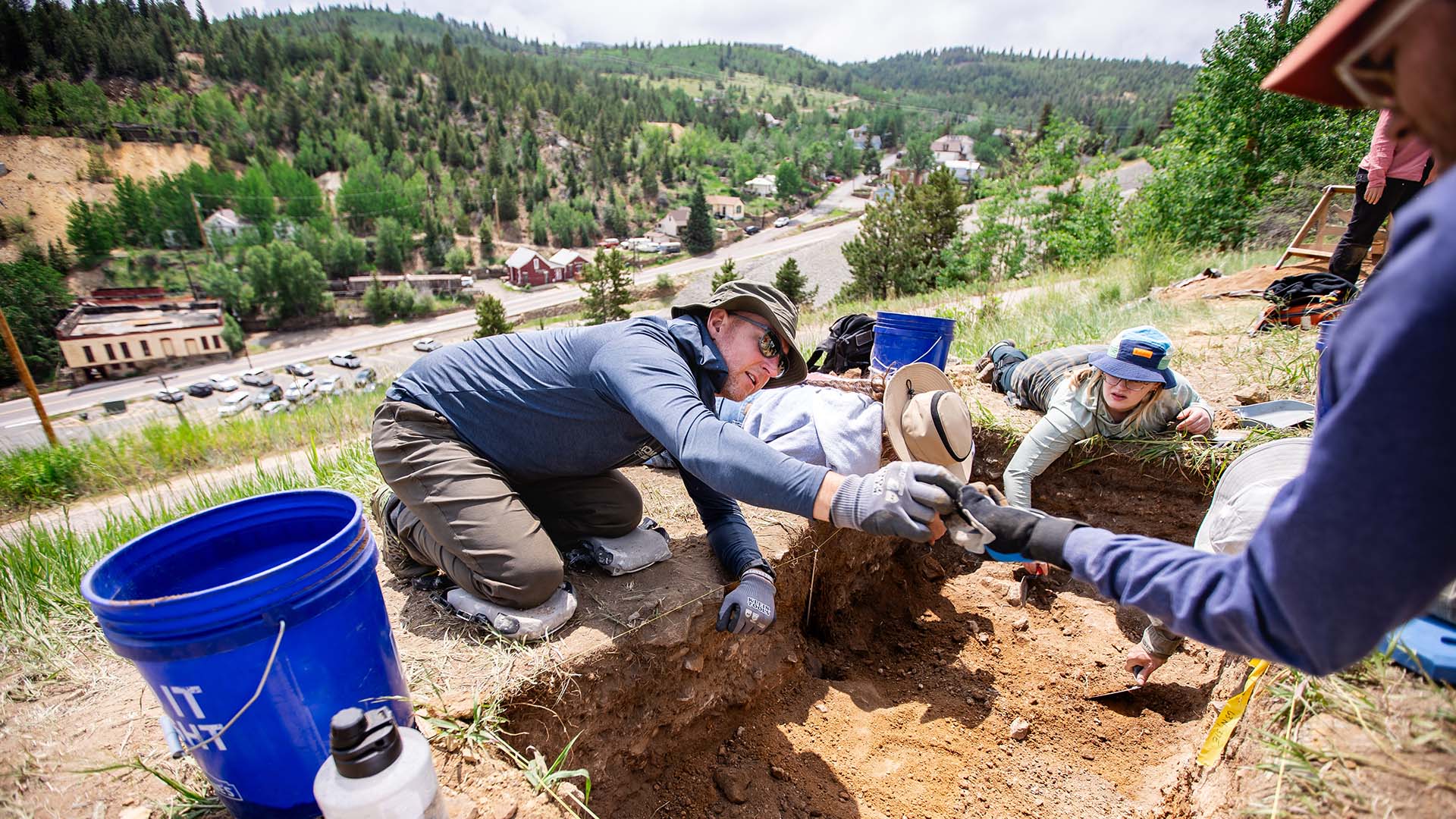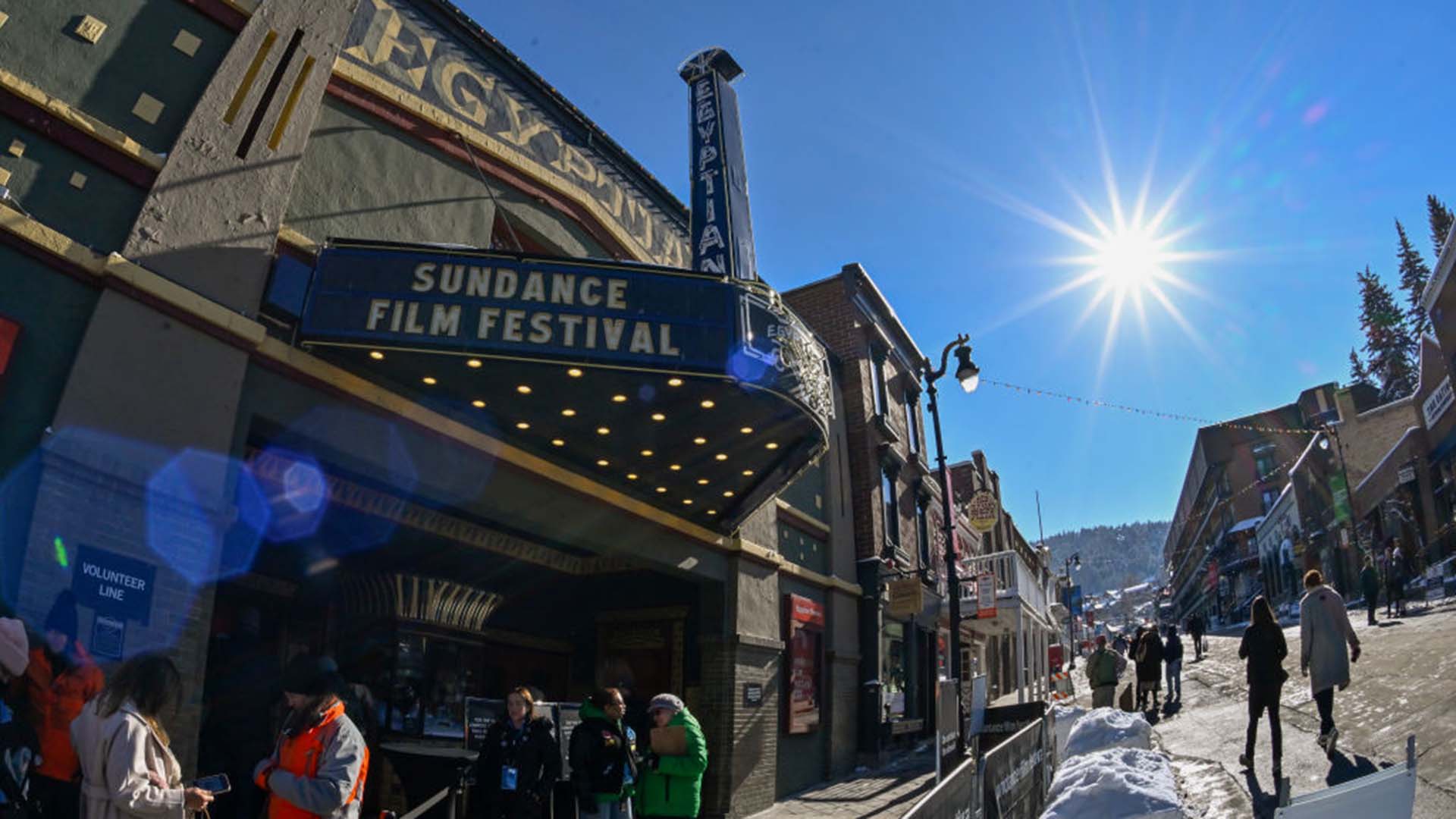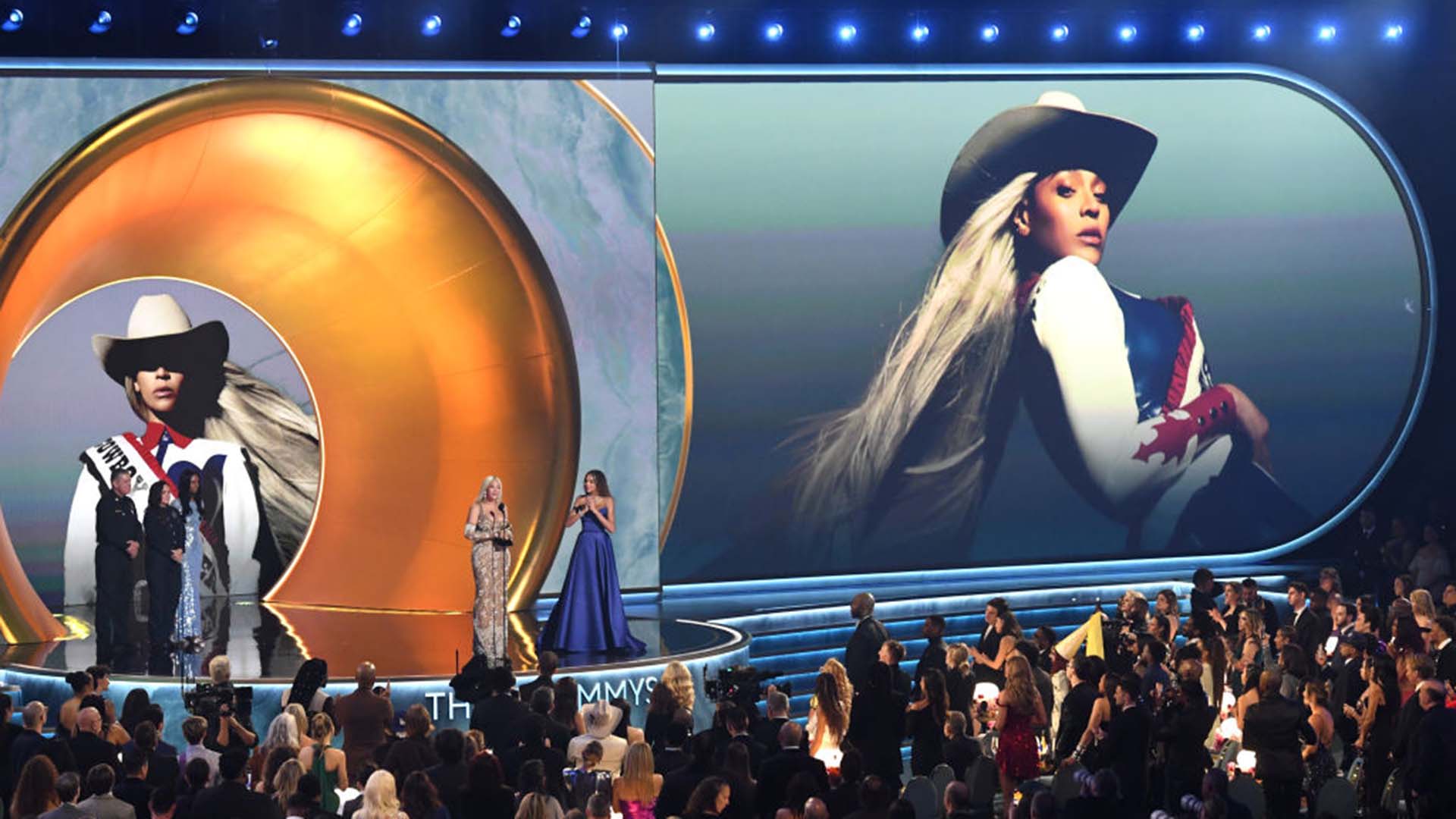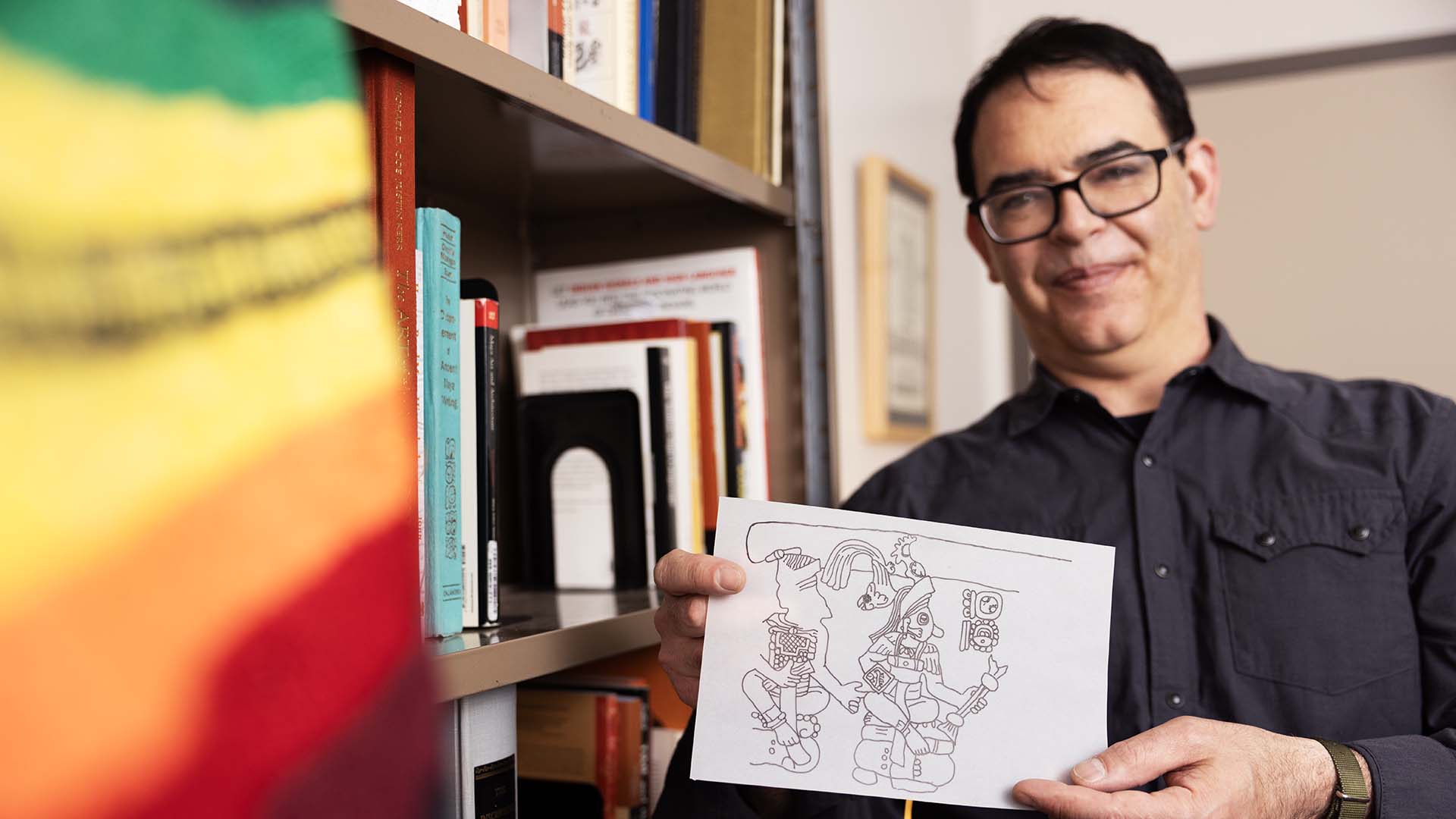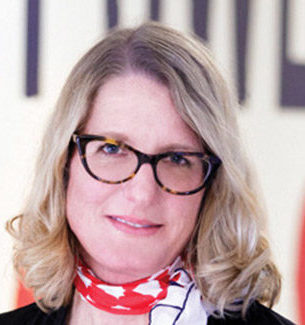Social impact: Design for the Common Good
Public-interest design tackles big challenges, such as housing insecurity and cultural preservation. A new exhibit at the Center for Visual Art shows us how.
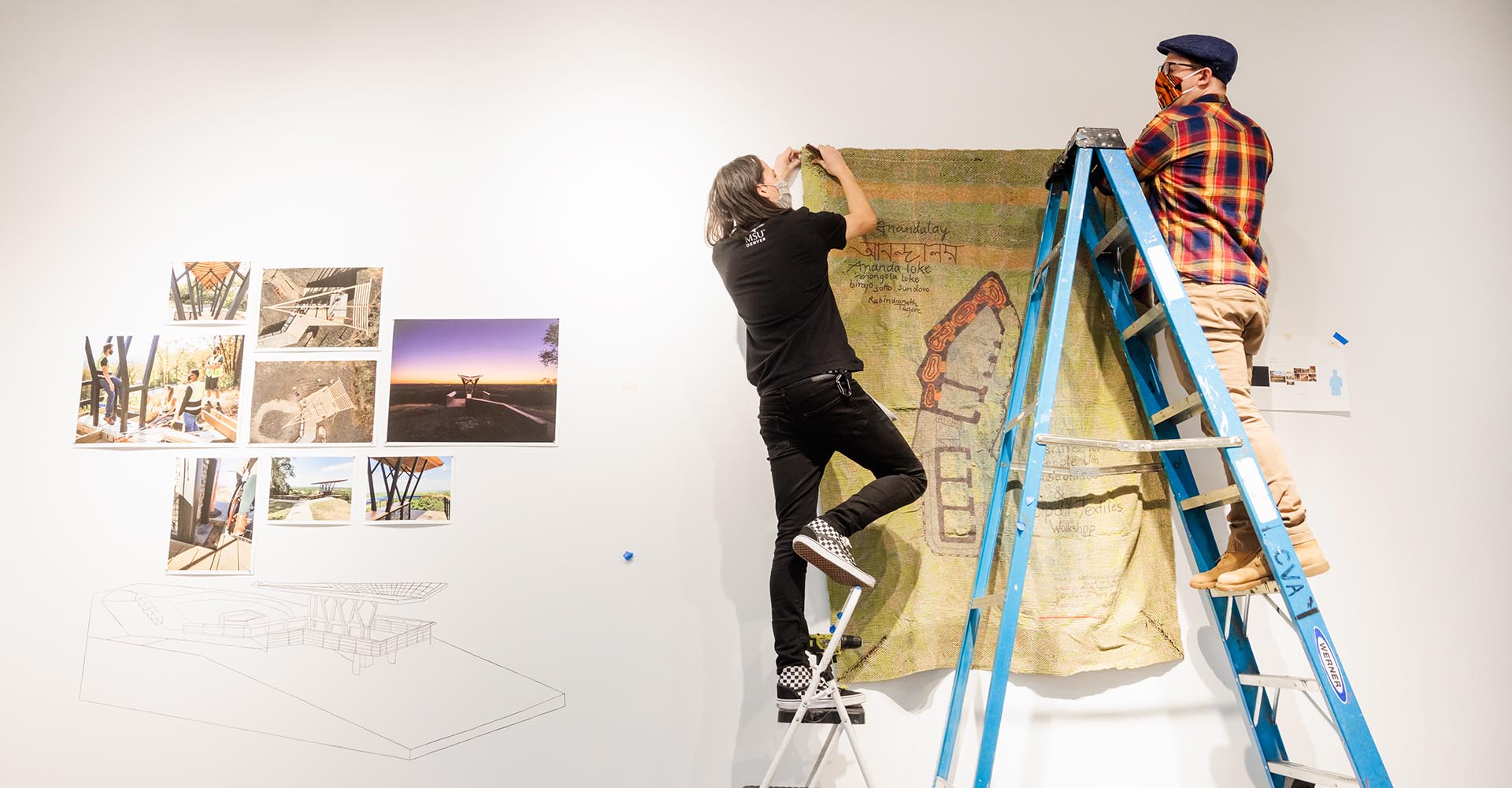
The Beloved Community Village consists of 19 structures, each 8 feet by 15 feet, with a shared bathhouse and community space in Denver’s Globeville neighborhood. Designed by nonprofit architecture firm Radian and in partnership with the Colorado Village Collaborative, the tiny homes are an effort to address the city’s growing housing crisis, which sees 6,104 people without a roof over their head on any given night.
Though comparatively small in scale, results so far are promising: 16 of the 24 people who have left the Village have moved into stable situations within 12 months of leaving, a fourfold increase in employment, and self-reported lower levels of anxiety, depression and hopelessness.

The local project is one of 30 on display in the Design for the Common Good International Exhibition at Metropolitan State University of Denver’s Center for Visual Art.
“Design should serve the needs of all people, but the fact is it primarily benefits those who can afford to pay for those services,” said Lisa Abendroth, professor of Communication Design at MSU Denver and curator/organizer of the exhibit. “We’re proposing a model for building knowledge around public-interest design.”
Installation selections range from transitional housing such as Beloved Community Village to urban regeneration and cultural preservation. Representing 22 countries across six continents, the projects reflect applied innovative-design solutions, showcasing successful outcomes, all focused on localized teams embedded in and made from the communities they’re working with.
RELATED: A sneak peek inside Meow Wolf
Recent Communication Design graduate Emily Douglas worked on three of the exhibition installations, including Naidi Hall (CAUKIN Studio), a Fijian community center serving as a core cultural location for weddings, funerals, commerce and emergency services.
“It’s not just these nongovernmental organizations coming in with top-down directions,” she said. “We wanted to share the stories of how design can empower communities, from structural use to locally sourced supplies for repair or rebuilding.”
Abendroth, co-founder of the interdisciplinary Social Economic Environmental Design Network (one of five organizations that compose the Design for the Common Good international coalition), detailed a “triple-bottom-line” need to approach complex challenges through social, economic and environmental lenses. Since conversations on sustainability often focus on the environmental element, a comprehensive look at how individuals develop and deploy solutions from the grassroots level is critical in determining their effectiveness, she said.
“This – the assumed principles of the public good – isn’t often taught in schools,” Abendroth said. “The idea is to automatically incorporate its perspective into designers’ contributions and practice.”

Seeing real-world application of these principles inspired Aaron Reneau.
“You’re seeing the whole story from start to finish – the inspiration, community involvement and fabrication, all the way through how people are using these concepts in reality,” he said.
Reneau, an Industrial Design senior, helped fabricate installation materials as part of Associate Professor Amy Kern’s Sustainable Impact Lab course. As part of the interdisciplinary effort, students sketched out plans from exhibition design brief while honoring the spirit and intent of the project.
The result was a “two steps forward, one step back” process to source and incorporate reclaimed-hardwood flooring, jute and recycled materials.
“It’s easy to say, but meeting client expectations, budget and workload in a real-world setting proved to be extremely challenging,” Reneau said. “Before lifting a pencil or putting a shovel in the ground, the community was involved in where the design projects were going, so we needed to make sure we were being honest to all the stakeholders involved.
“It’s incredibly rewarding to see that at all levels, with real impacts on people’s lives.”
RELATED: How Denver artists have adapted to Covid
Communication Design senior Allie Fabrizio, who worked with Douglas to design the exhibition’s brand mark in Abendroth’s Identity Systems course, echoed the importance of capturing the collaborative sentiment in sharing the two- and three-dimensional narratives.
In addition to working on the exhibit’s title-wall installation with fellow student Conor Rafferty, Fabrizio helped showcase several projects, including the Ger Innovation Hub (Rural Urban Framework, University of Hong Kong). The hub creates localized communal-space solutions amid the harsh weather of Ulaanbaatar, Mongolia. An added challenge was that the local language lacks a direct translation for the word “community.”
“These stories live in the real world. People interact with them, and there’s something special about work that’s utilized on a daily basis for the long haul,” she said. “No project is too big or too small – a good idea can benefit humanity.”

Further collaboration involved students working with Peter Bergman, associate professor of Art and Communication Design, who helped design the exhibition catalog. Associate Professor Shawn Meek, who specializes in user-interface and user-experience design, developed an app for the exhibit.
Abendroth plans to develop further case studies and bring the exhibition to international venues as part of an approved $20,000 National Endowment for the Arts grant. The grant includes funding for a conference to be hosted at MSU Denver in spring focusing on the work and methods from the exhibition.
“Everyone deserves access to quality, life-enhancing design,” she said. “It benefits the most when designers and the community share with one another and solutions grow from within.”

